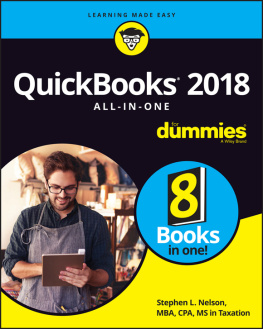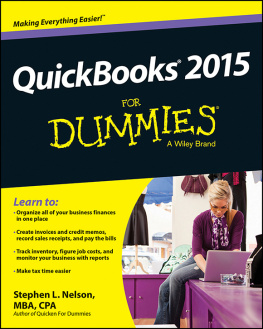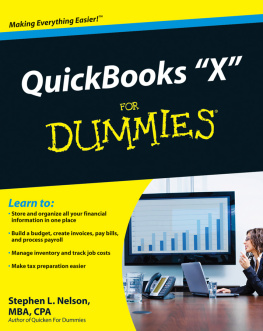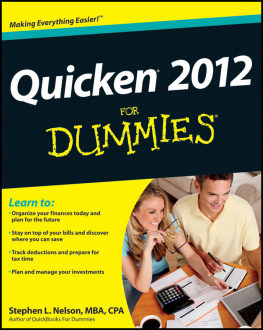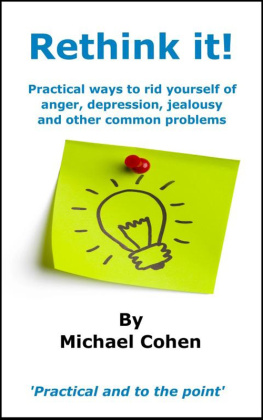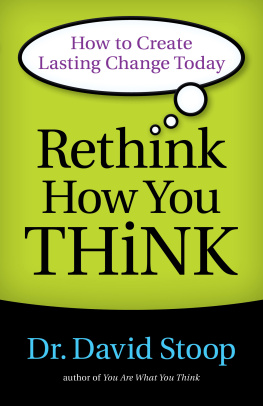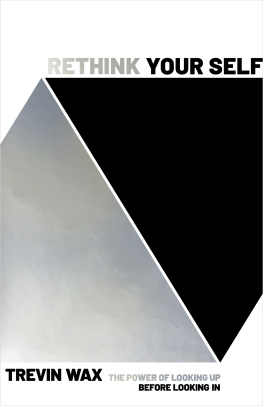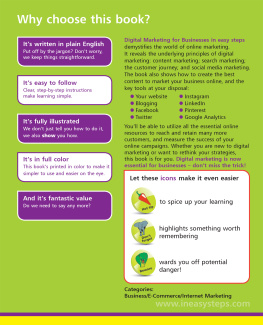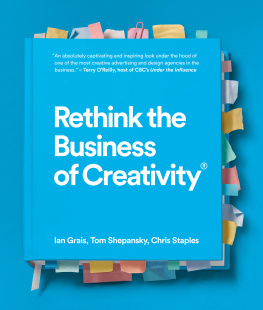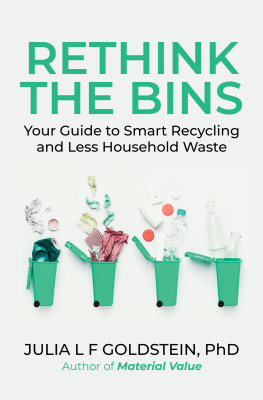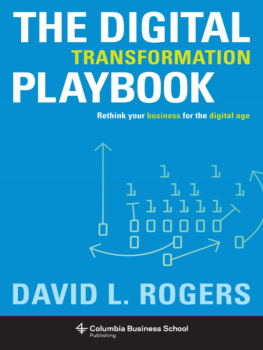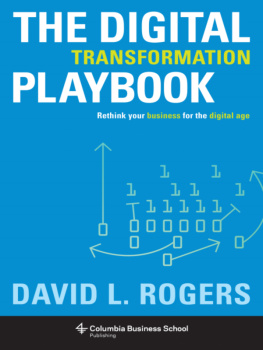THE TRANSFORMATIONAL CONSUMER
FUEL A LIFELONG LOVE AFFAIR WITH YOUR CUSTOMERS BY HELPING THEM GET HEALTHIER, WEALTHIER, AND WISER
TARA-NICHOLLE NELSON

The Transformational Consumer
Copyright 2017 by Tara Nicholle Nelson
All rights reserved. No part of this publication may be reproduced, distributed, or transmitted in any form or by any means, including photocopying, recording, or other electronic or mechanical methods, without the prior written permission of the publisher, except in the case of brief quotations embodied in critical reviews and certain other noncommercial uses permitted by copyright law. For permission requests, write to the publisher, addressed Attention: Permissions Coordinator, at the address below.

BerrettKoehler Publishers, Inc.
1333 Broadway, Suite 1000
Oakland, CA 946121921
Tel: (510) 8172277, Fax: (510) 8172278
www.bkconnection.com
Ordering information for print editions
Quantity sales. Special discounts are available on quantity purchases by corporations, associations, and others. For details, contact the Special Sales Department at the BerrettKoehler address above.
Individual sales. BerrettKoehler publications are available through most bookstores. They can also be ordered directly from BerrettKoehler: Tel: (800) 9292929; Fax: (802) 8647626; www.bkconnection.com
Orders for college textbook/course adoption use. Please contact BerrettKoehler: Tel: (800) 9292929; Fax: (802) 8647626.
Orders by U.S. trade bookstores and wholesalers. Please contact Ingram Publisher Services, Tel: (800) 5094887; Fax: (800) 8381149; Email: customer.service@ingrampublisherservices.com; or visit www.ingrampublisherservices.com/ Ordering for details about electronic ordering.
BerrettKoehler and the BK logo are registered trademarks of BerrettKoehler Publishers, Inc.
First Edition Hardcover print edition ISBN 9781626568839 PDF ebook ISBN 9781626568846 IDPF ebook ISBN 9781626568853
20171
Cover design by Wes Youssi
Interior illustration by Laurel Muller
This book is dedicated to Channing Dawson, Pete Flint and Sami Inkinen, Michael and Albert Lee, and all the other entrepreneurs who are committed to building thriving businesses while modeling vulnerability and service.
Contents
THE TRANSFORMATIONAL CONSUMER SELF-ASSESSMENT
What Do You Need to Rethink First?
PROLOGUE
Thirty Years of Transformation
Ive been working on this book since I was nine years old. Allow me to share a little with you about how I got from there to here. My story is the story of a Transformational Consumer. Its also the story of why this book and the Transformational Consumer insights framework at its center both exist.
In my ninth year, my parents owned a racquet club and gym, where I spent a couple of days a week doing step aerobics with a room full of middle-age women, clad (them, not me) in leotards, tights, leg warmers, and high-top Reeboks. Id watch them cycle in and out, noting which ones showed up all the time and who struggled to keep coming. I listened to them talk about their diets, their clothes, their instructors, even the gym itself with fondness and excitementespecially those who felt like this routine was helping them lose weight.
Even back then, I was fascinated to watch people fall off and hop back on the wagon, to see how they would create little fitness tribes with the people they saw every day at the club. I was mesmerized by the waves of people in and out of this business, which was holding this precious space for their health and, in many respects, their happiness, their energy, and their power to move, live, and be who they wanted to be.
When I was 14, I fi rst read Quantum Healing, by Deepak Chopra. thinking could impact our physical state. This blew my entire mind. I had a number of family members who were ill and dying, at the time, of high blood pressure, heart disease, and diabetes. If this book was right, it seemed, people had great power to change the course of their physical health for the better, if only they could get a handle on their minds and their be hav ior.
A couple of years later, my life took a little detour, as lives do. I got pregnant, married, and graduated from high school a year early, in that order. I started college at age 16, had my son during winter break of my freshman year, and went back to class. Through a series of miracles, I got scholarships, graduated, and earned bachelors and masters degrees in psychology, before moving a few hours north of my hometown to go to law school at UC Berkeley. This move happened the same summer I lost 60 pounds, got certified as a personal trainer, and got out of a bad marriage.
I put myself through law school as a personal trainer. Aft er graduating, I practiced the law for a couple of years, representing people who had been sued civilly and charged criminally for the same conduct. Ultimately, I ended up representing a few bad-apple real estate agents whose disturbingly lackadaisical approach to their clients transactions, fl exible lifestyles, and income (much more than mine) inspired me to make a career change. I can do this better, I thought.
So I got a real estate brokers license, quit my lawyer job, and hung out my shingle in the field of Bay Area real estate, right around the peak of the market in 2005. I represented a bunch of people just like me: smart, young professionals, buying their first homes. (Id bought mine right aft er graduation.) These people researched everything. But they were often very intimidated by the prospect of jumping into the insane market climate of overbidding and over-asking off ers.
Sitting with my buyer clients in the car, I spotted a lot of patterns in what people wanted out of their transactions. They didnt want houses. Th ey wanted lifestyle design. They were looking to this single-largest purchase they had ever made to change their lives, careers, businesses, fi nances, and even their relationships with their kids, partners, and parents, for the better.
But I also watched and wrestled with a handful of my first few home-buyer clients as they made decisions I believed pulled against the direction of their original vision. I asked some agents in my office how I could help manage the emotions and decision traps I saw clients falling into over and over again. Their reply? Let the market educate your clients. Meaning: let them lose the houses they love, and theyll get beaten down. Then, theyll take your advice.
I rejected this. Using what I knew how to do, I sat down and created a curriculum for home buyers and required every single person or couple who wanted me to show them houses to sit down and go over it with me in the coffee shop or at my office before we ever even got in the car.
The curriculum was essentially a flowchart on which the first event was the initial coffee-shop meeting and the last event was move-in. But then I annotated it heavily, going beyond the standard how-to, wrapping in what to expect and mindset management.
And things changed, fast. My clients went from making six or seven offers before theyd get a home to making two or three. I even had a client report that she started to freak out at one point, pulled out the chart, remembered that Id told her she would freak out the night she signed a particular document, and went back to bed.



